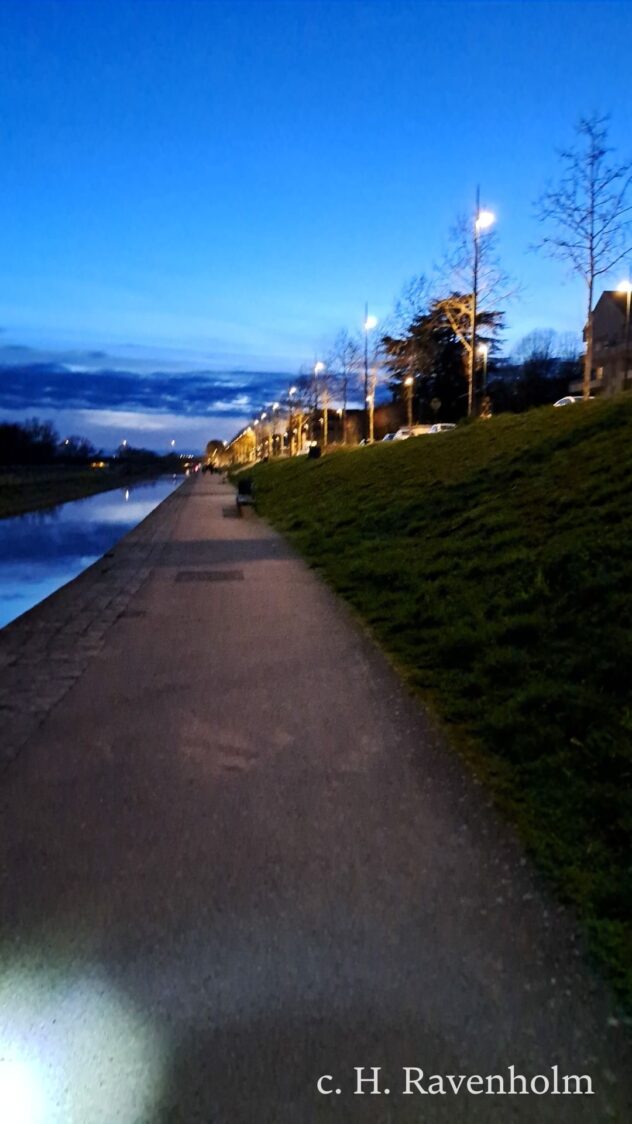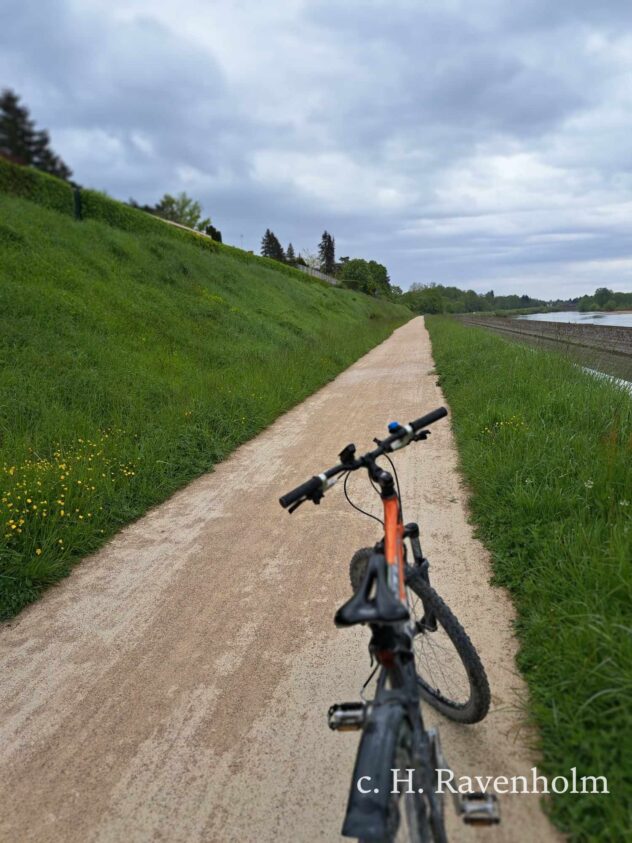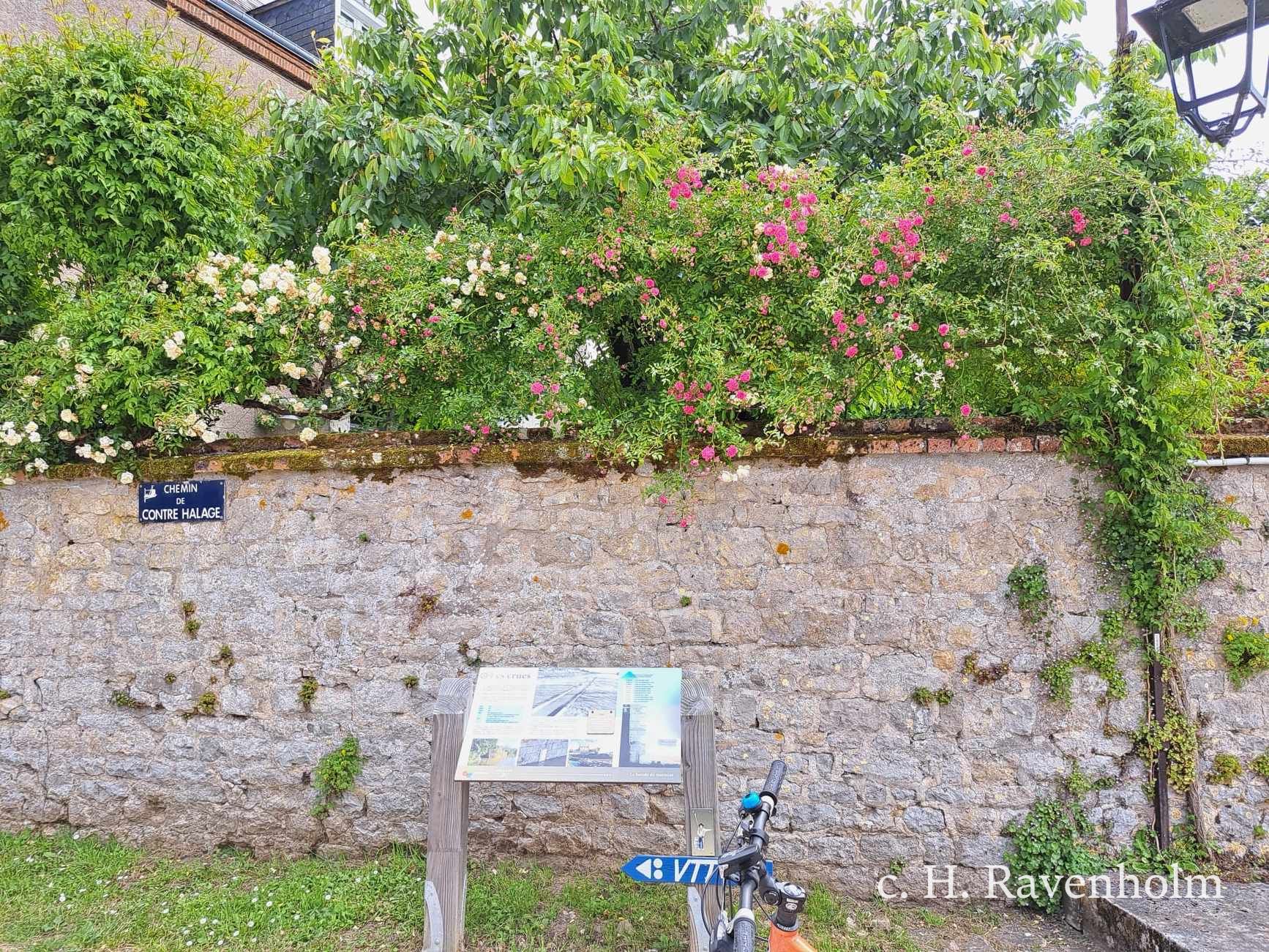Our cycling season spans roughly from April to the end of October; March to November if we are lucky. Most of the time, November brings cold weather and gloomy, really short days that are spent at work, with little chance of soaking up some sunshine after; besides that is the environment really not suited to winter recreational cycling. Our usual evening route by the river, for instance, becomes a trap of strong chill winds and wet sands, with gusts strong enough to toss you into the embankment, which is lucky, because the other option is the moody, angry looking Loire on the opposite side.
(I’ve actually experienced that cycling this route several times in February and November on my own; on multiple occasions, I was pressed into the embankment by the wind, and several times, I had to dismount and crawl, my eyes watering and my head down to prevent sand from blowing into my eyes, next to my bike at snail pace. Not fun to say the least.) Winds would be off-putting enough to anyone. But also, if you have never cycled on wet sand, you cannot imagine the misery your legs will be in even if you are a habitual, fit cyclist. There is almost nothing worse. (I say that as someone who has hiked and run through waist deep snow.)
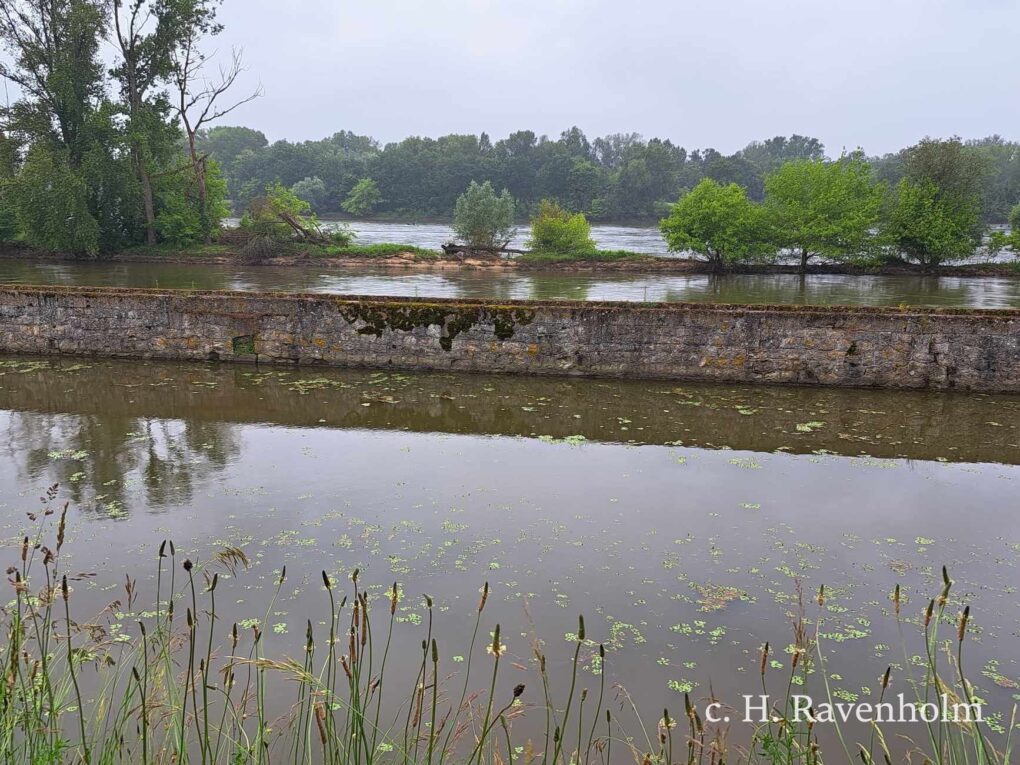
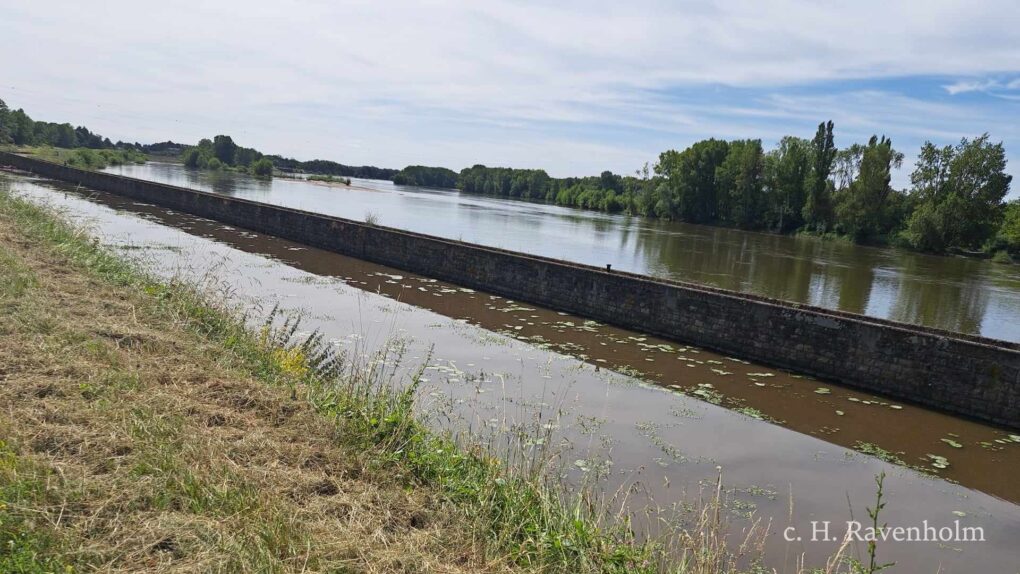
Long trips – or really any trips – during that season are therefore more or less impossible. But every fieldwork tends to have a season anyway; almost nobody out there does is 24/7, 365 days a year. For academics, the break from being somewhere out there means that they can hole up at their university or think tank or ‘what-have-you’ and write their reports, articles and books. For us independent researchers, our research is often bound to the fact that we tend to have “real life work”, as one colleague once put it (accurately, if mercilessly). And where academics who work via universities tend to have research time allotted to them, there is no such allotted time for independents; we use our free time and time we take away from our other – usually paid – work (which is what I do) to pursue research, unless we are lucky enough to get financial backing by a client… but then, the research may not be publicly available, because it serves a business or something alike. For us, being independent means specifically that we have one regular pay and one set of whatever comes in from consulting; that means a relatively tight budget, but also having to adjust to two sets of schedules, a regular 9-5 and a far less regular consulting schedule, which can shift according to what time zone a client lives in and how much work needs to be done.
We are also pet parents, and our pets are getting older; many have health conditions, and the year before we began this project, our beloved Choc was in the final stages of cancer. All this means having to adjust, sometimes in a moment; while we still cycled lots whenever she was feeling better – we found that she was more restful if we weren’t there all the time fussing over her sometimes, so we’d scarper -, we tried to also spend as much time with her, not only because she needed care but also because we knew we would lose her. This dilemma isn’t just ours either; plenty of people have dependents, furry, scaly, feathery, potted, toddling or elderly or disabled whose presence means that one cannot just head out for a lengthy amount of time pursuing whatever leisure, and knowing one’s environment well, and being well aware of nearby places of interest one can reach easily and quickly, is massively important in those cases. Between all the challenges of life and work and independent research, and being aware that others may be meeting with similar issues, we consciously decided that limiting our active research period to spring, summer and early autumn, when we (and prospective tourists) are most active, made most sense. We would cycle anyway; and if we created an interesting project along the way, the better. That left us with the question of how.
